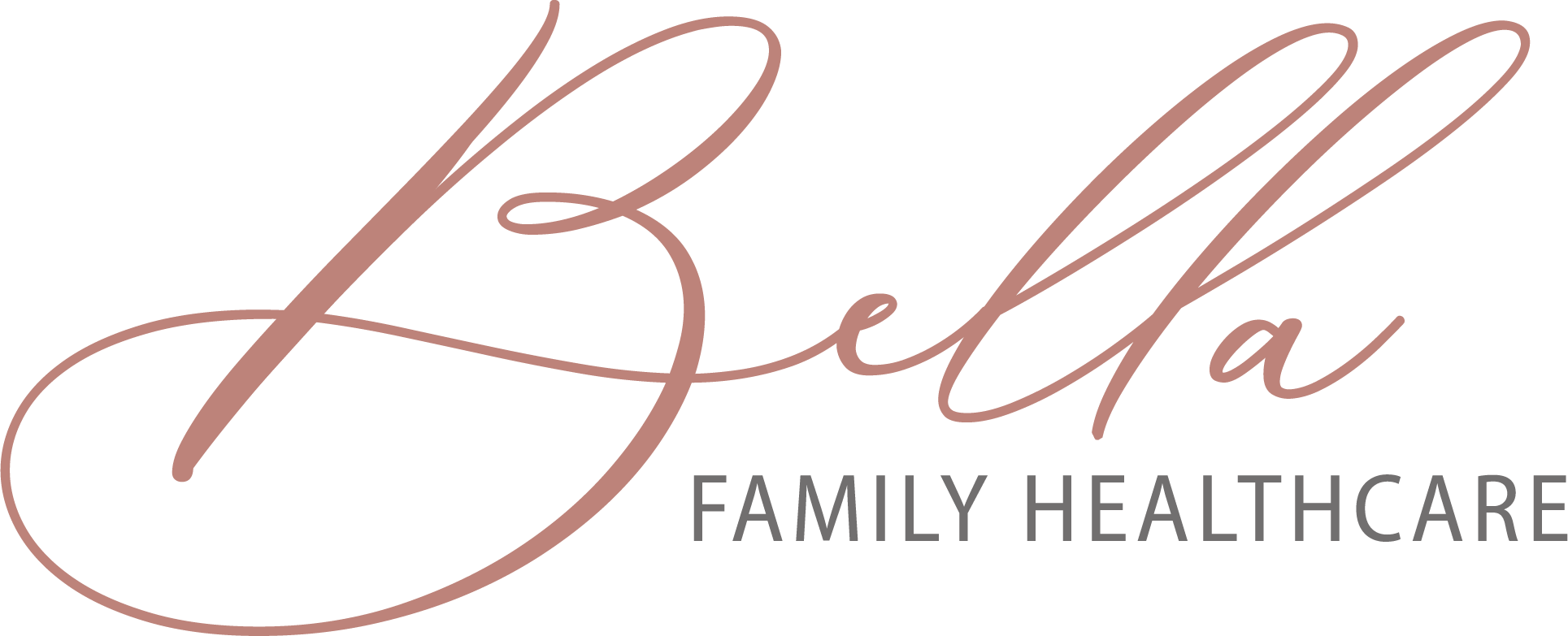
The “Silent Killer”, sounds like the title of a bad horror movie, doesn’t it? Unfortunately, this is not the next Stephen Spielberg movie coming out this summer. It is the reality for 1 in 3 American adults. High blood pressure or hypertension is referred to as the “silent killer” because it may show no symptoms and cause severe complications if left untreated. Typically developing for people in their late 30s or early 40s, it most often occurs as people age. Early detection of high blood pressure is essential to help prevent severe and life-threatening complications.
What exactly is blood pressure, though? Blood pressure is defined as the force of blood pushing against the arteries’ walls as the heart pumps blood. High blood pressure is a disease in which blood flows through blood vessels at a higher-than-normal pressure.
When you are at your provider’s office and getting your vitals taken, what do those numbers mean? Blood pressure is measured with two numbers. The first, or top number, is your blood vessels’ pressure when your heart beats, called the systolic pressure. Systolic pressure is the higher of the two numbers. The second, or bottom number, measures the force of blood in your arteries while your heart is relaxed between beats. The bottom number is the lower of the two and is called the diastolic pressure.
Normal pressure is 120/80 or lower. Your blood pressure is considered high (stage 1) if it reads 130/80. Stage 2 high blood pressure is 140/90 or higher. If you get a blood pressure reading of 180/110 or higher more than once, seek medical treatment right away. A reading this high is considered a “hypertensive crisis.” Readings between 120/80 and 129/89 are considered prehypertension. People with prehypertension do not have blood pressure as low as it should be but are not yet considered to have high blood pressure. High blood pressure puts you at an increased risk for heart disease, heart failure, and stroke, among other things.
The most common causes of high blood pressure include smoking, obesity/being overweight, diabetes, a sedentary lifestyle, lack of physical activity, high sodium or alcohol intake levels. These are also the first things your provider will ask you about if your blood pressure was higher than normal when taking your vitals.
Symptoms of high blood pressure to watch out for include the following:
- Headaches.
- shortness of breath.
- Nose bleeds.
- Flushing.
- Dizziness.
- chest pain.
- visual changes.
- blood in the urine.
If you experience a combination of these symptoms, make an appointment to see your provider. However, remember that you can still have high blood pressure and no symptoms—the silent killer. Regular checkups with your provider are crucial to detecting if you have high blood pressure. So, that wellness-check appointment that you have been putting off? It’s time to call and schedule it.


